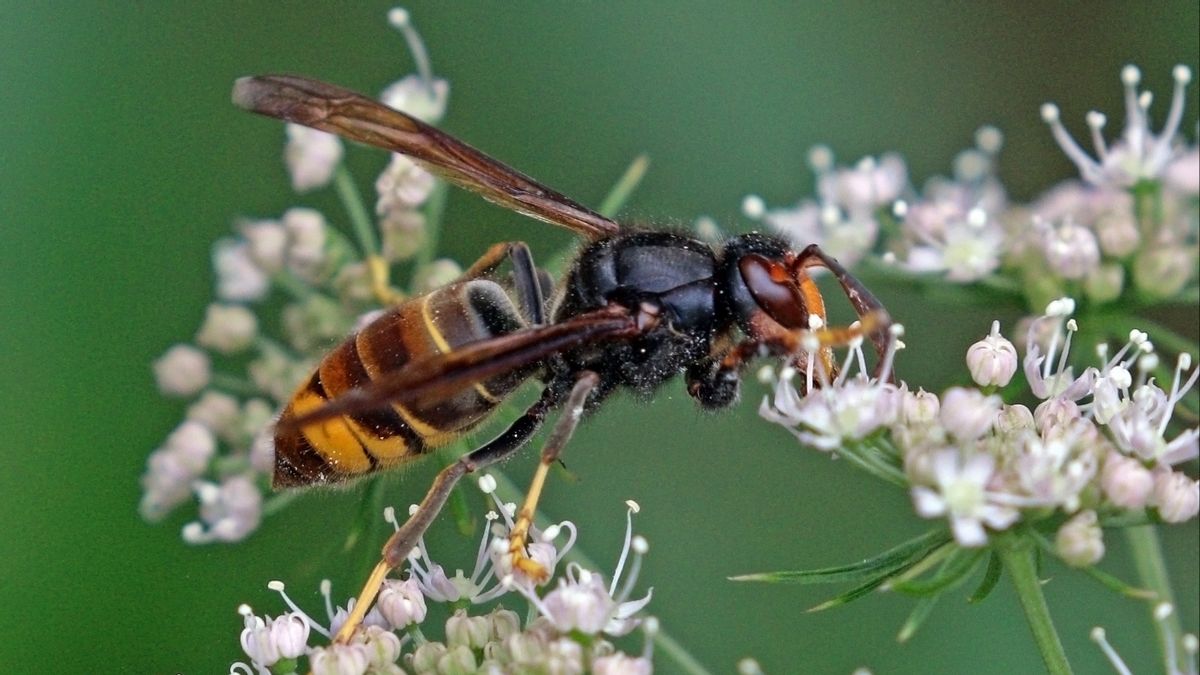JAKARTA - Vespa affinis wasp terror or wasp ndas has become a scourge for the community in several places. Call it Pemalang, Klaten, Boyolali, and others. Regional Disaster Management Agencies in various regions have even held Wasp Capture Operations (OTT). So how dangerous is this Vespa wasp that it can take someone's life?
The latest OTT was held yesterday night (17/12). Sleman Regency Disaster Management Agency (BPBD) officers together with volunteers conducted OTT alias wasp capture operations in Ganjuran Hamlet, Wedodomartani, Ngemplak.
The head of the Sleman BPBD Emergency and Logistics Division, Makwan, explained that the wasp nest that was successfully evacuated at a resident's house was one meter wide. Although there were no casualties, the presence of Vespa wasps in several places was quite alarming for residents.
The Vespa affinis wasp is arguably deadly. The reason is that in Klaten, according to the records of the Head of the Satpol PP for the Klaten Damkar Division, Sugeng Haryanto, as quoted by Kompas.com, the animals whose lives have been colonized have claimed 10 lives from 2017 to November. Meanwhile, the number of victims hospitalized due to this wasp attack is more than 250 people.
Meanwhile, according to Sugeng, from 2016 to 2019, 667 wasp nests were destroyed in Klaten. The wasp nests are spread across 26 districts.
Apart from Klaten, the number of fatalities due to wasp attacks in Pemalang Regency is no less. As quoted by Detik.com, the Pemalang Fire Fighting Office noted that the Vespa wasp attack had claimed nine lives in the 2018-2019 period.
Turn off
Vespa wasp, which is also commonly called the Asian giant wasp, as quoted by National Geographic, can grow to a length of up to five centimeters and has a tentacle of six millimeters. With its tentacle muzzle, it will sting and poison its prey with a very strong neurotoxin.
The Asian giant wasp is the largest wasp in the world. The animal is also known as a voracious predator. Wasp ndas can prey on other large insects such as grasshoppers and bees, which belong to their relatives.
These stinging insects not only invade their relatives, they can also destroy the nests of similar animals, namely honey bees. After destroying the hive, the ndas wasp then bites the head of the honey bee and then steals the larvae. It is also capable of flying up to 100 kilometers in one day at a speed of 40 kilometers per hour.
The English, Chinese, Japanese, Arabic, and French versions are automatically generated by the AI. So there may still be inaccuracies in translating, please always see Indonesian as our main language. (system supported by DigitalSiber.id)













